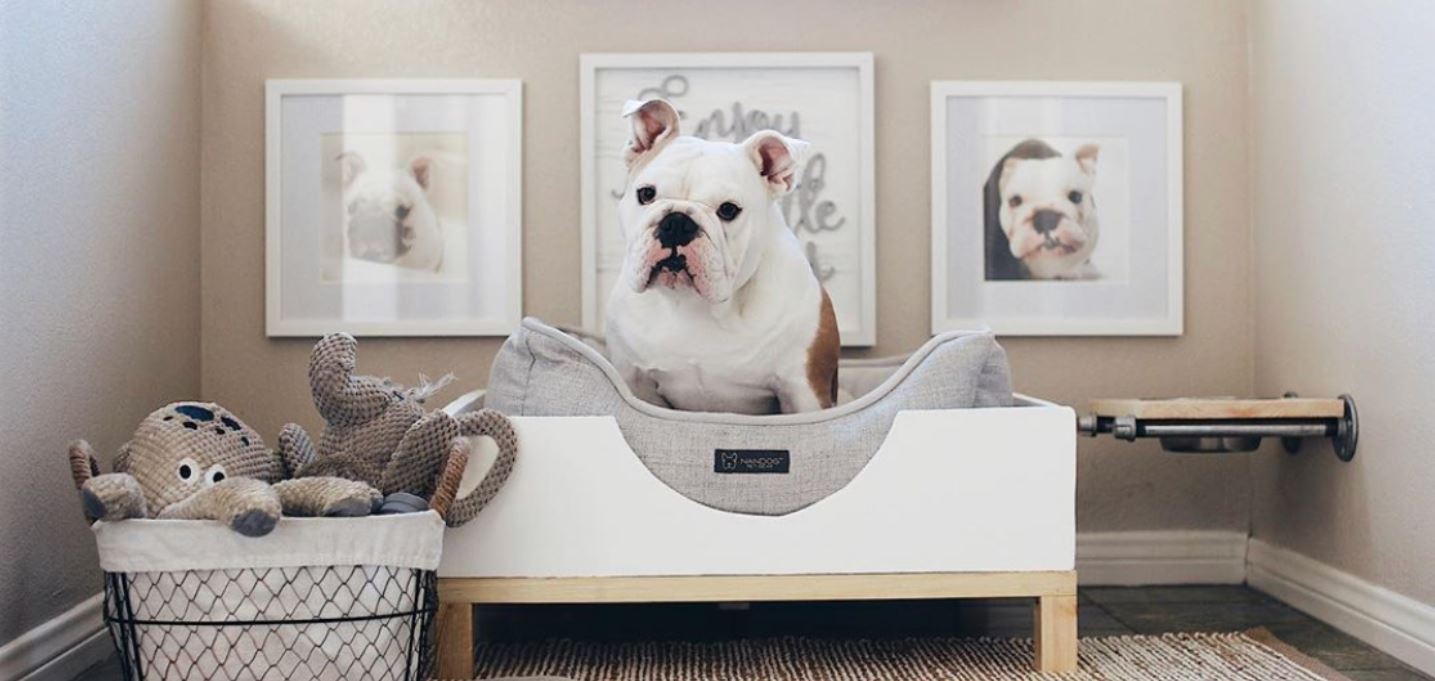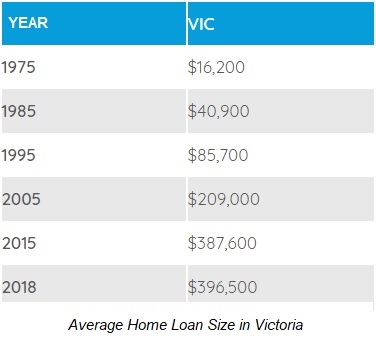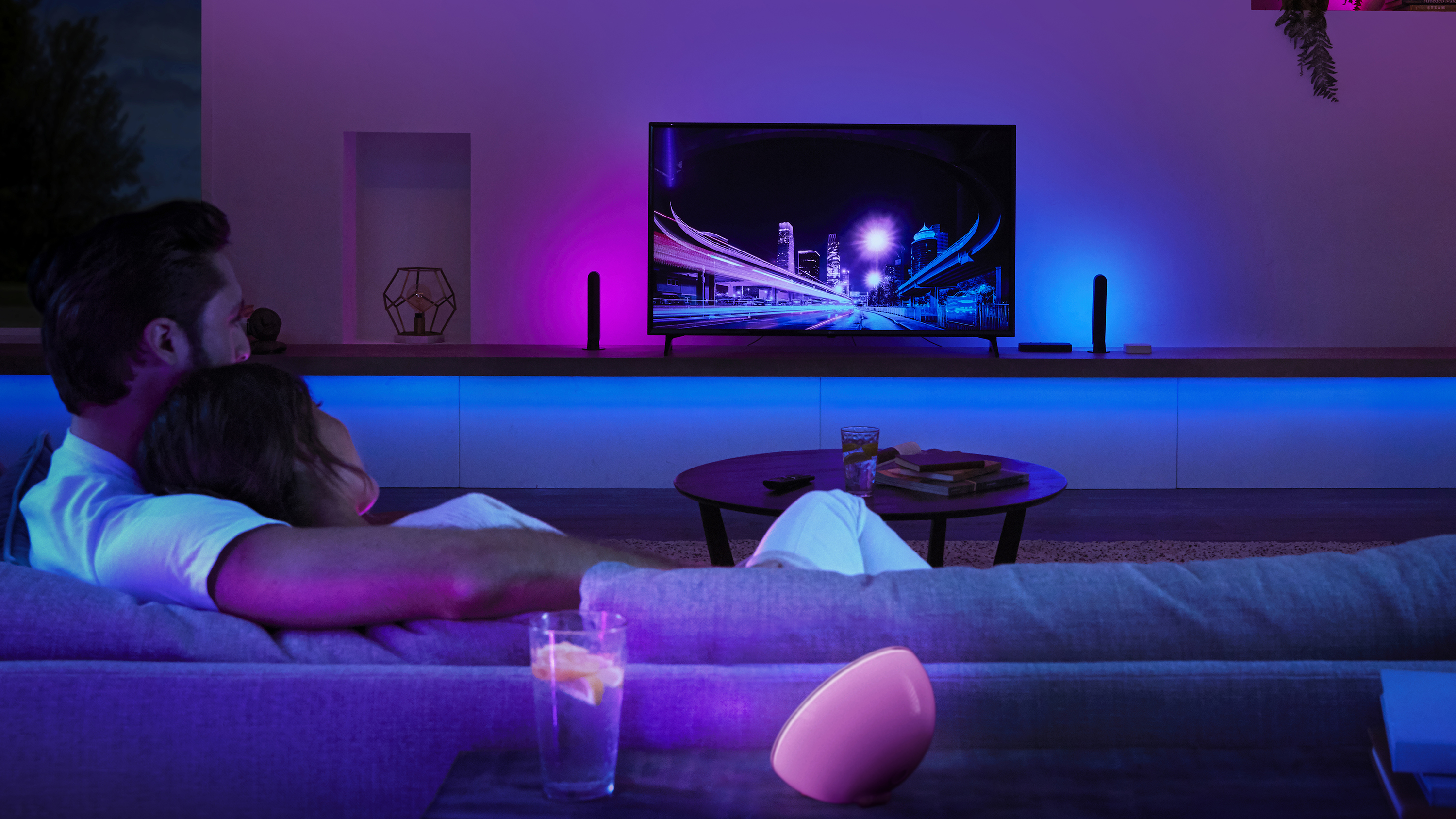Create A Living Space For Your Pet
How to make your cat or dog feel at home
According to trends, more and more individuals are including special dwelling quarters for their animal friends in the plans for their homes. Here are 5 fun methods for you to replicate it.
Dogs and cats are now honoured for a lot more than just their birthdays, from mastering a new trick to finishing an obedience course. More than 70% of prospective homebuyers expressed interest in adding pet-specific areas into their houses, according to a poll done by the homebuilding business Buntings last year. The requirements and preferences of companion animals may be included into the comfort and elegance of a house, according to Millennials, Gen Xers, and Baby Boomers of all generations. Here are five suggestions for designing separate areas in your house for your pet cat or dog.

1. Food storage and a feeding station
Bowls of food and drink on the kitchen floor seem unkempt and might get in the way, especially if they are close to busy areas. Bowls that are strewn about carelessly might cause a mess on the floor due to an inadvertent kick or trip, but they can also be knocked around by messy diners and drinkers.
You’ll have a tidy kitchen and fewer bothersome incidents if you include pet food stations into your cabinets. Keep in mind that when it’s closed, a pull-out drawer with built-in bowls within the kickplate of the cabinetry is a nice hidden option that restricts your animal’s access to water. Building out an open-access shelf at the end of a kitchen island or row of cabinets is a preferable solution. In addition to removing the bowls from the floor, this provides your dog or cat with access to water around-the-clock.
Let’s now discuss how to store pet food. Why not include a pull-out drawer to conceal that five-pound bag of dog food or flat of cat food tins? We design pull-out cabinets for those gorgeous serving trays we never use, after all. An excellent way to maintain everything’s accessibility while getting rid of the eyesore is to place a pull-out drawer next to the feeding station. Large bags of food can be stored using built-in pull-out waste baskets.
2. Bathing the Dog
Bathing your dog might be difficult if they are too big for the sink. It makes sense to wash Fido in the bathroom, but seldom are restrooms close to entryways, so there will be muddy footsteps and another mess to clean up. Not to mention how difficult it would be to get a larger dog into and out of a tub!
Pet baths are really popular. A dedicated pet shower in a mudroom, which is best placed at an entrance to your house, will keep all the filth in one spot while preventing hair, suds, and water from going into your living space. It is simpler to spray down your dog and make sure all the suds are left in the tub with a shower head that is detachable.
Additionally, a walk-in shower will solve any barrier problems that larger or older dogs may have with regular tubs. You can concentrate on cleaning your dog instead of battling to keep him under the showerhead if you instal a hook for his leash in the wall.
Smaller dogs and cats may be washed in a raised farmhouse sink without suffering from back pain or damaged knees, which can happen when using a regular tub.
3. Integrated sleeping area
Are you sick of gazing at the large, unsightly kennel in the corner of your living room or the pet bed that was placed in a location that was obviously not intended for it, like the centre of the hallway floor? Your dog or cat will enjoy the comfort of having a private area all to themselves.
The warm space your mate deserves is provided by built-in mattresses beneath cupboards or shelves. The producers of cabinets and furniture have also created a number of methods to incorporate fashionable dog kennels into home decor, such as cabinet doors with metal mesh that resembles a crate or coffee or side tables with built-in crates, to be used as required.
4. Nook under the stairs
Nobody ever said the dog house had to be outside, and building a room for your animals doesn’t need tearing down any walls. If you live on more than one level, make your companion’s space a particular retreat so he may spend time alone whenever he needs to.
With bigger staircases, you might even go so far as to build an entire room for your pet, replete with a bed, food bowls, and toy storage (and maybe even a little wardrobe for their sweaters). A dog bed only requires three to five square feet of space if you have a tiny room, depending on his size. This area may be transformed into a dog box when necessary by adding a stylish fence that complements your home’s design. Don’t be scared to use the smallest areas tucked away within your house creatively!
5. Adventure Cat Park
The best places to build an adventure park for your cat are along open walls. Your cat’s love of heights will be satiated by a selection of high, carpet-covered shelves. You can also think about removing the existing multi-level shelving. Find a stylish basket that complements your interior design aesthetic, fill it with blankets, and attach it to one of the shelves for an additional simple addition to your cat’s play area.
As you can see, integrating companion animals into the home environment is highly doable without sacrificing your sense of style. Use the nooks and crannies around your house, talk to your builder, and bear these suggestions in mind when organising your remodelling or searching for your new residence.




